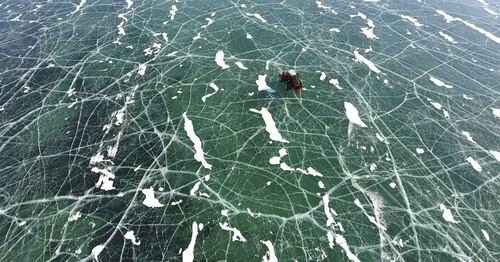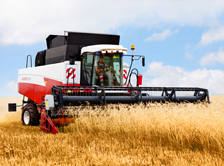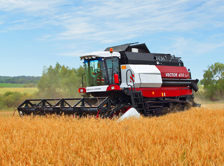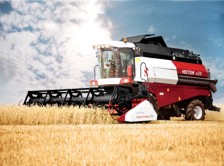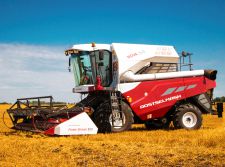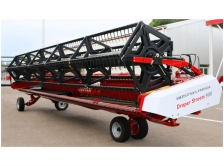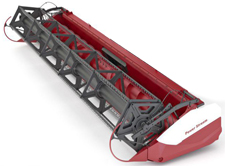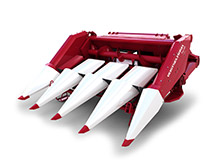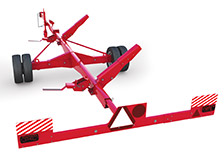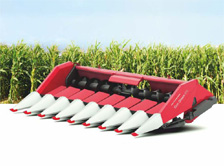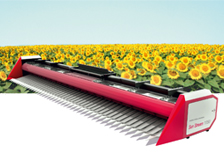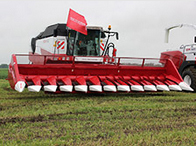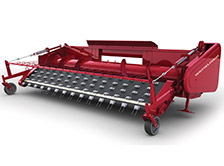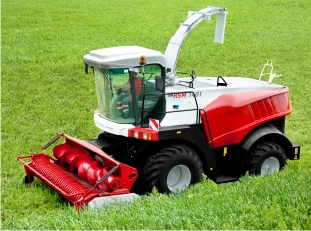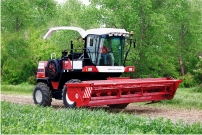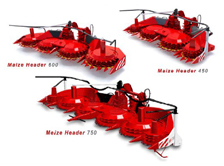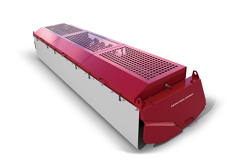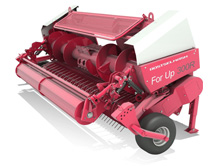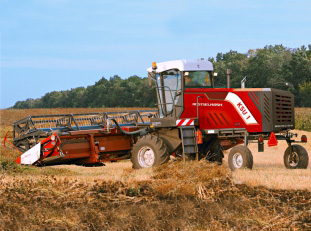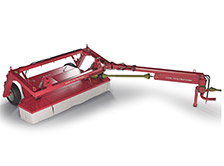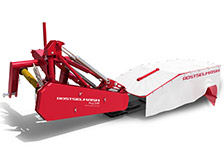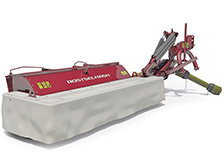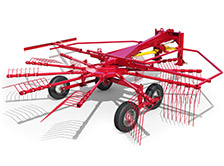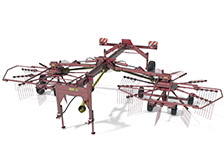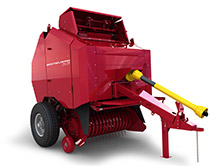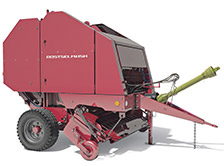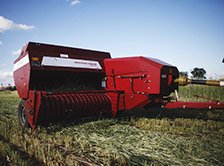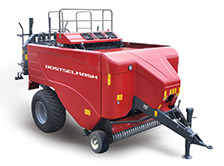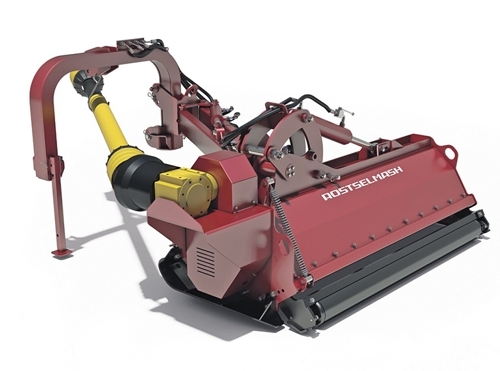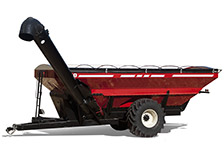Baikal-2017. Power of Ice
_58d4b210d3730.jpg)
At the end of February-the beginning of March, Rostselmash together with National Geographic implemented a unique project called “Baikal-2017. Power of Ice”. According to the organisers, its aim is “to show the power and beauty of the sacred lake and the power of the human technical genius. Without contraposition. By the unwritten laws of nature.”
At the initiative of the Russian representative office of the world famous magazine with the assistance of a group of the best photographers of the world, a large-scale photo-video session of ACROS 595 harvester and 2375 tractor was held on Lake Baikal.
_58d4b2053746f.jpg)
According to Prokhor Darmov, Director of Marketing Department, this event is of great importance for the Company; the shooting was performed in severe conditions, which became an additional exam for the agricultural machines, and they passed it successfully. Both the harvester and the tractor operated perfectly during the entire Baikal campaign. New interesting experience was gained, and another confirmation was obtained as to the capabilities of the Russian agricultural machinery and the verification of the unique engineering solutions embodied therein.
_58d4b1f86f08d.jpg)
Commercial machines became the main “heroes” of the Baikal campaign. A tractor and a harvester already located in Irkutsk Region at that time participated in the shooting. Thus, the expedition became a demonstration of not only the power of the Baikal ice but also that of Rostselmash machinery, as well as the Company team professional strength: that of the workers and specialists; each employee of the Company made a contribution to this project.
You can learn about the course of the unique expedition from the wonderful itinerary of our team, which included the specialists of Technical Centre Reliability Department and Marketing Department. The expedition diary is placed on the corporate website and on the Company pages in social networks.
_58d4b1ed0e199.jpg)
Within the framework of the project, the harvester and the tractor drove dozens of km on the Baikal ice. The testing was held for a few days. At night the machinery was left in the open, but even in the conditions of severe frost and a strong sharp wind blowing both the people and the machines could show what they were capable of.
The harvester was the first one to get onto the ice; it was followed by the tractor which kept a distance of not less than 50 m. The machinery was moving easily on the ice; there was no slipping. On the first day, the machines operated for a few hours on the lake; the tests were successful. Then the machines were tested at controlled skidding. The harvester was circling gracefully, and no control was lost even for a moment, which caused exuberant emotions of its triumph’s witnesses. The tractor was clinging to the ice with its coupled wheels, but still demonstrated marvellous drifting. At the exit from the lake one could see ice deposits abundantly covered with snow. Here ACROS 595 did not fail even once: clinging to the slippery ground jerkily, it got onto the shore independently every time.
_58d4b21d9b3af.jpg)
Then the machinery was tested on the onshore ground covered with big and small stones. Using a flexible steering frame the tractor could easily by-pass big obstacles even in a relatively limited space. And due to a vertical shift of the wheels relative to each other it could easily run over small stones not losing contact with the ground. The harvester also succeeded in passing this test.
